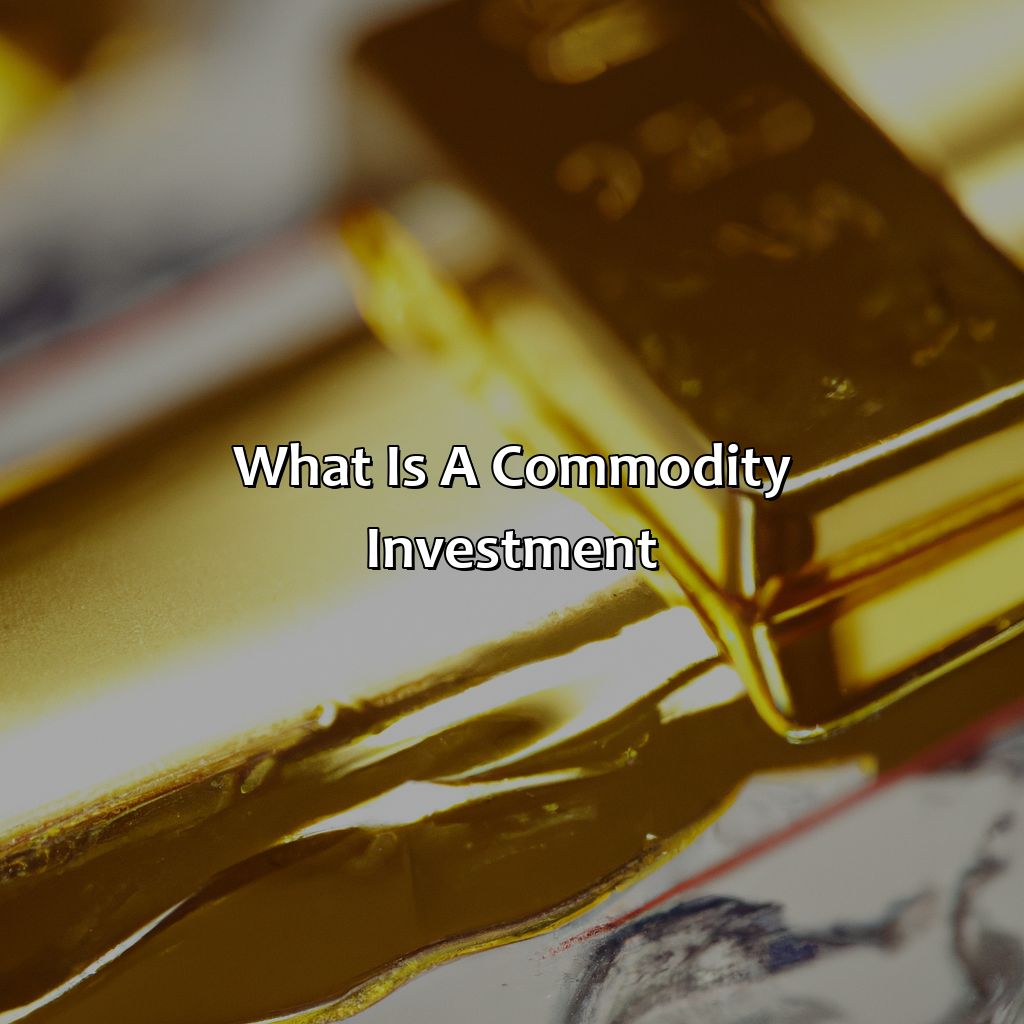What Is A Commodity Investment?
Key Takeaway:
\n
- A commodity investment refers to investing in raw materials or products which can be traded on a commodity exchange. These investments provide an opportunity to benefit from price fluctuations of these commodities in the market.
- Commodity investments can be broadly classified into four types: agricultural, precious metals, energy, and industrial commodities. An investor can choose among these varieties and invest accordingly.
- Investing in commodities offers diversification benefits to an investor’s portfolio, serving as a hedge against inflation, and providing potential for high returns. However, there are risks involved such as market volatility, political and environmental risks, and limited access to physical commodities.
- Investing in commodities can be done through futures contracts, exchange-traded funds (ETFs), and commodity-related stocks and mutual funds, provided the investor is aware of the market situation and carefully weighs the risks and rewards.
\n
\n
\n
\n
Are you looking to diversify your investments? Commodity investing may be the right choice for you. From stocks and bonds to gold and oil, this article will provide a comprehensive overview of the commodity investing landscape and explain why it’s important. You’ll gain an understanding of the various types of commodities and how they can enhance your portfolio.
Definition of a Commodity Investment
Commodity investment involves buying commodities with the expectation of making a profit. These commodities could include natural resources, such as oil, gold, or copper, or agricultural goods, like wheat or soybeans. Similar to other forms of investment, commodity investment carries risks. The market value of these commodities can fluctuate significantly based on factors, such as demand, supply, geopolitical factors, natural disasters, and weather conditions. Thus, investors need to be well-informed when making investment decisions. While commodity investment can be speculative, it can also provide diversification benefits to an investor’s portfolio.
As a global phenomenon, commodity investment has emerged in different time periods and cultures. Historically, commodity investment can be traced back to the 1800s when farmers started trading their produce in exchange for goods. During the 20th century, commodity trading became more formalized through the establishment of futures markets. Today, commodity investment has become an essential part of the portfolios of institutional investors, governments, and individuals seeking exposure to commodities’ return and diversification benefits.
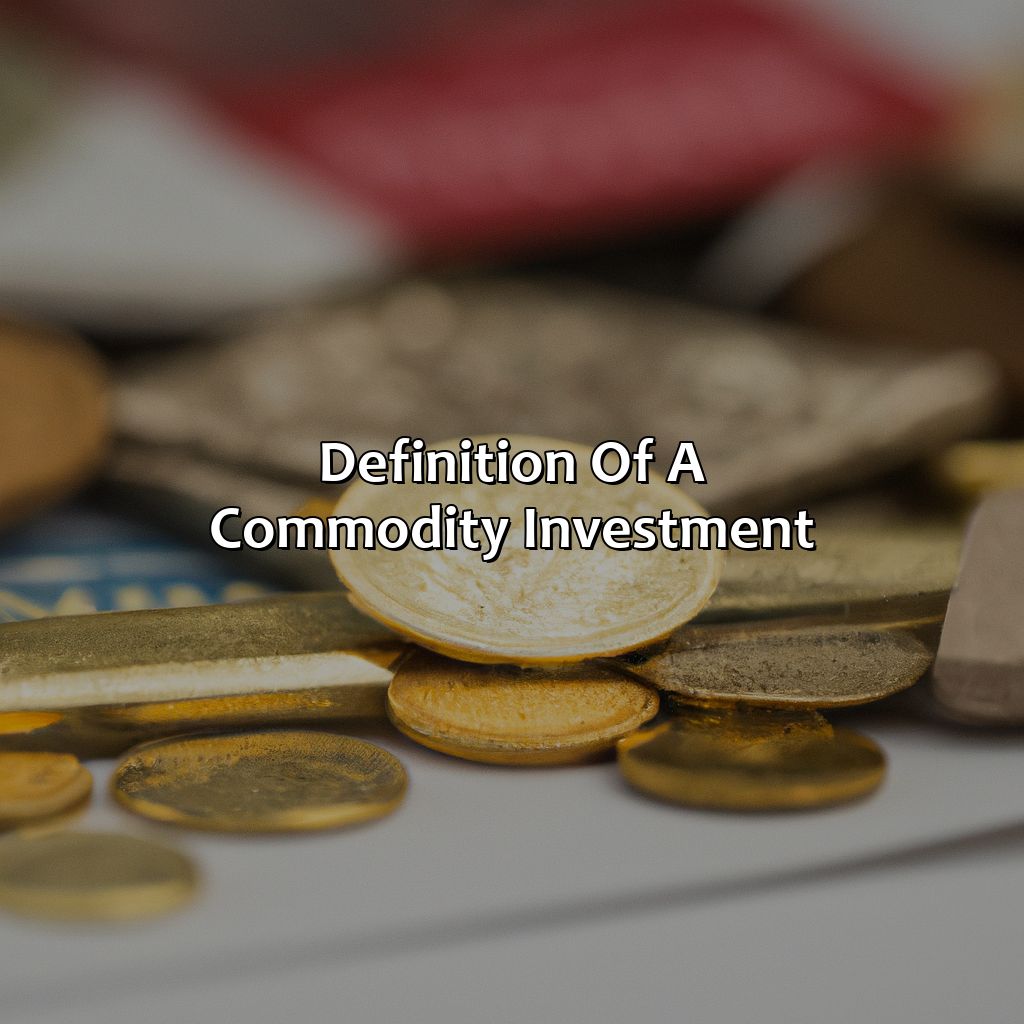
Image credits: retiregenz.com by Joel Washington
Types of Commodity Investments
The world of commodity investments offers various avenues for investors to diversify their portfolios. Different Types of Commodity Investments can be categorized into four major categories:
- Energy commodities include oil, gas, and other energy products.
- Industrial commodities include copper, aluminum, steel, and other minerals.
- Precious metals consist of gold, silver, platinum, and other rare metals.
- Agricultural commodities include corn, wheat, cotton, sugar, and other crops.
Investing in commodities can help in reducing risks and diversifying the portfolios. Commodities tend to have a low correlation with traditional asset classes like stocks and bonds. It is also important to understand the varied intricacies of each of these commodities, their supply-demand factors, production processes, and political factors that may affect their prices.
Commodity trading as an investment option has been prevalent since the 19th century when farmers and their settlement buyers started using standardized units of wheat and corn. By the early 20th century, commodities exchange was established, and by the mid-20th century, commodity futures began trading, making it accessible for investors. Today, commodity trading is a global phenomenon, with the majority of commodity trading occurring in the United States, followed by Asia and Europe.
Types of Commodity Investments
| Category | Examples |
|---|---|
| Energy commodities | Oil, Gas, and Other Energy |
| Industrial commodities | Copper, Aluminum, Steel, and Other Minerals |
| Precious metals | Gold, Silver, Platinum, and Other Rare Metals |
| Agricultural commodities | Corn, Wheat, Cotton, Sugar, and Other Crops |
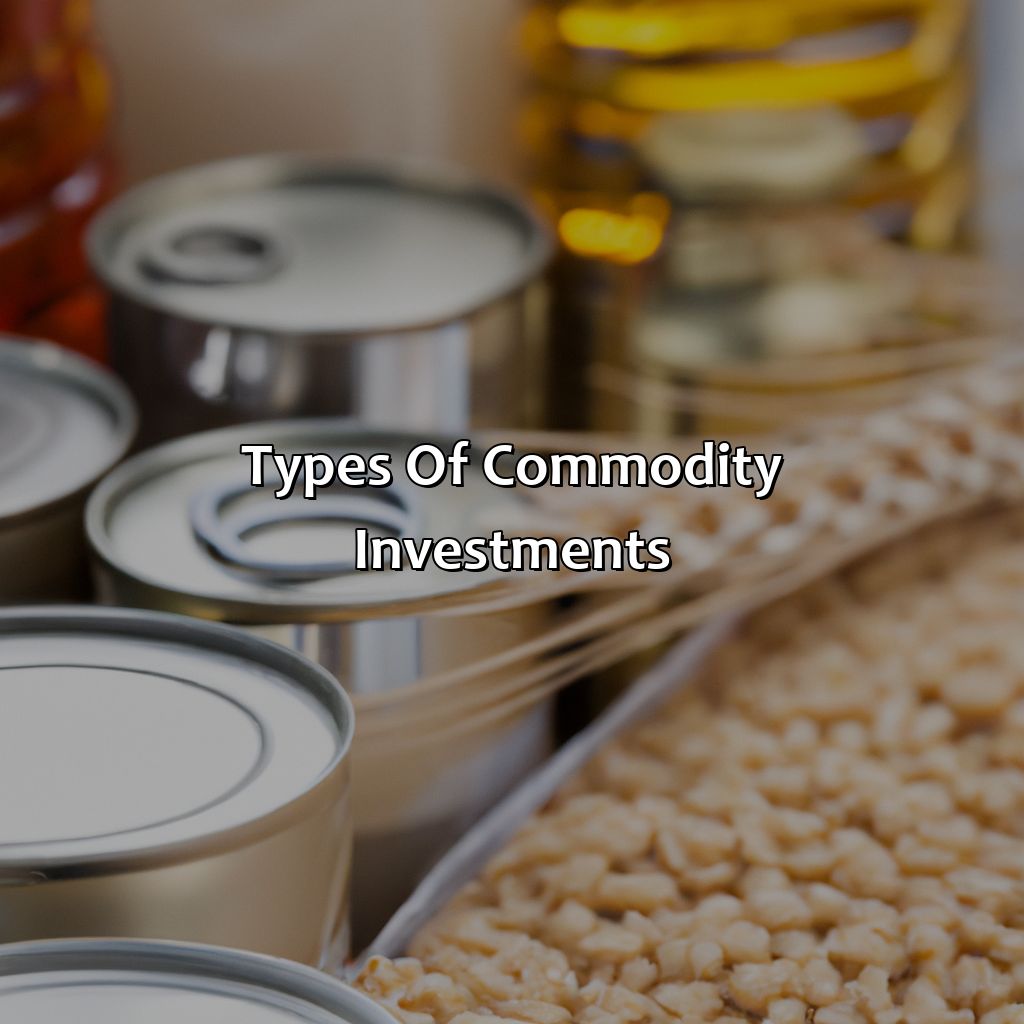
Image credits: retiregenz.com by Joel Duncun
Advantages of Commodity Investment
Investing in commodities has its advantages from a financial perspective.
Commodities have several advantages as an investment:
- Commodities are an excellent hedge against inflation as they tend to appreciate over time.
- Commodity prices are less affected by market volatility than other assets like stocks and bonds.
- Commodities diversify portfolios, leading to reduced risk and higher returns.
- Commodities offer a tangible asset investment opportunity since they are real physical goods such as gold, oil, and agricultural produce, which can be stored and transported.
Investing in commodities can also provide protection from geopolitical risks like war, pandemics, and economic sanctions since commodities are traded globally and their prices remain stable.
According to Bloomberg, commodity prices have risen by 40% this year, with corn and soybeans up by approximately 80%.
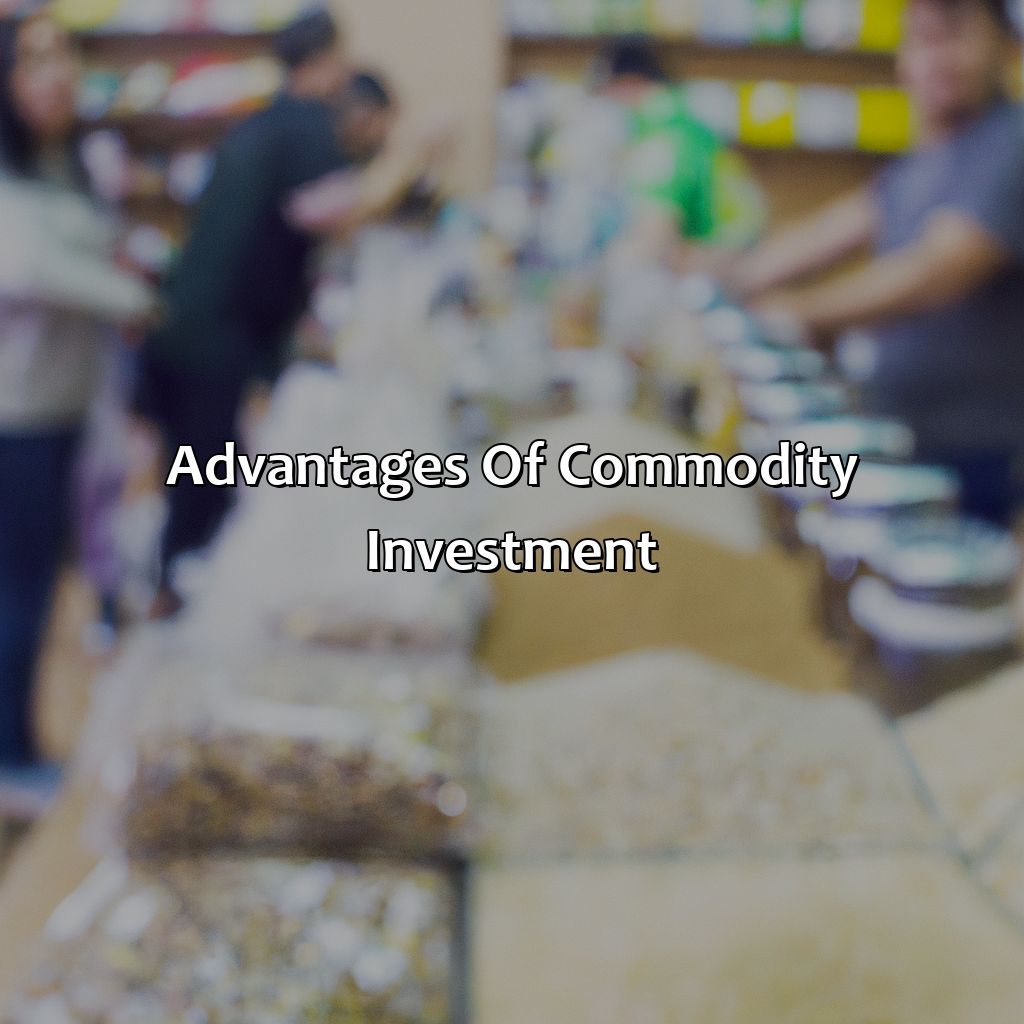
Image credits: retiregenz.com by Harry Jones
Risks of Commodity Investment
Comprehending the perils of investing in commodities is crucial for potential investors. Investing in commodities such as metals, crude oil, natural gas, and crops might appear to be a lucrative opportunity, but it involves significant hazards. One of the risks includes market volatility, as commodity prices are highly dependent on supply-demand factors and geopolitical unrest. Additionally, natural disasters such as floods, droughts, and earthquakes can severely impact the production and transportation of commodities, which, in turn, affects their prices.
Furthermore, commodity investment requires a significant amount of capital, making it an expensive investment option. Investors may face counterparty risk if they buy commodities through margin trading, leading to huge losses in case of defaults. Adding to the list of challenges, commodities are prone to seasonal fluctuations, which can be difficult to anticipate, making market timing a risky proposition.
An investor is advised to consider diversifying their portfolio and not limit it to commodity investment. Diversification can reduce the overall risk of the portfolio. Commodity investment can be used as a way to hedge inflationary risks faced by stock or bond investments, and not for generating high returns.
Pro Tip: Before investing in commodities, it is recommended to conduct thorough research on the latest market trends and factors affecting commodity prices. Consult with experienced investors and diversify your portfolio for better risk management.
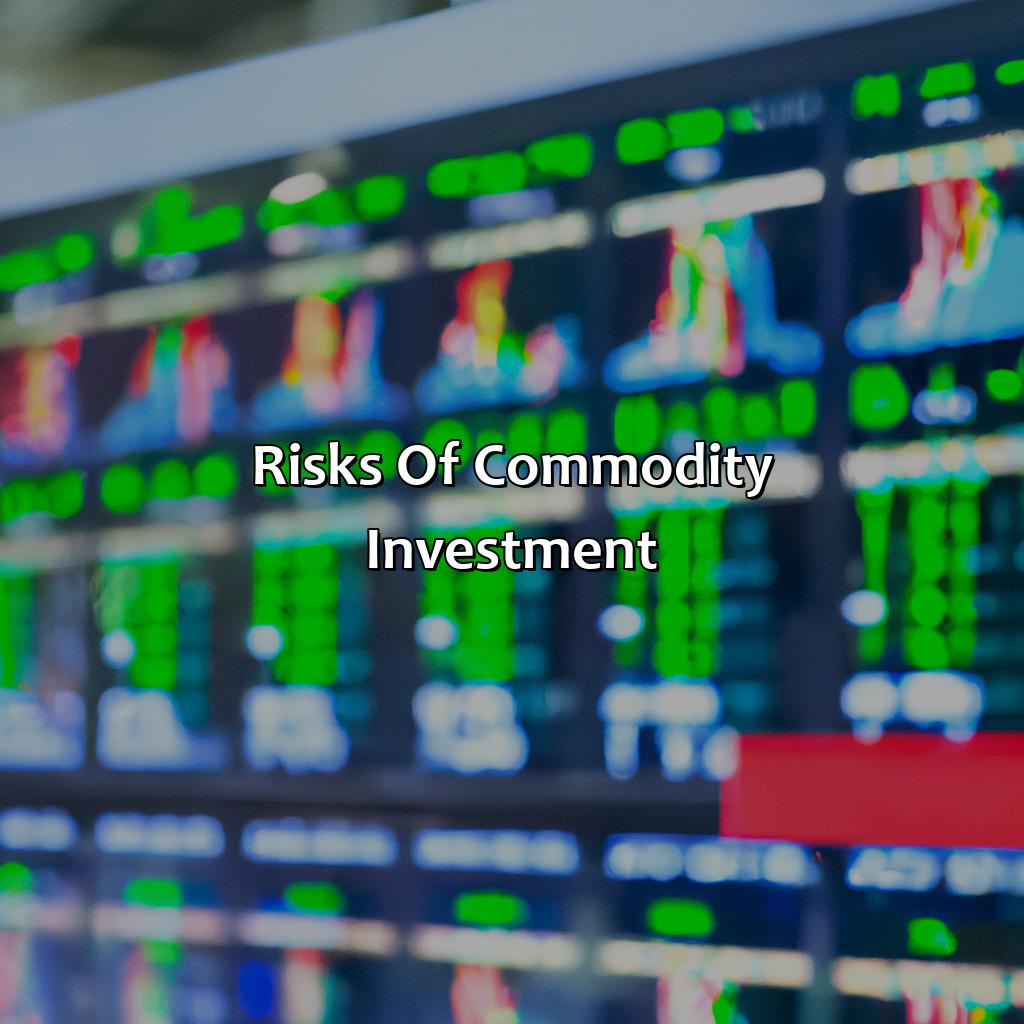
Image credits: retiregenz.com by James Arnold
How to Invest in Commodities
Commodities investing is a way of diversifying portfolios and gaining exposure to tangible assets. Investors can invest in commodity futures, exchange-traded funds, mutual funds, or through owning physical commodities. Investing in commodities allows for protection against inflation and a hedge against market volatility. It is important to understand the structure of commodity markets and research the individual commodities before investing. Furthermore, investors should evaluate the risk associated with commodity investing and consider their risk tolerance.
Investments in commodity futures can be made by buying and selling contracts for future delivery. This market is very complex and requires in-depth knowledge to make informed decisions. Exchange-traded funds and mutual funds offer ease of use and diversity in commodity investing. Physical ownership of commodities can be advantageous but requires additional costs for storage and transportation.
Commodities come in various categories like energy, metals, agriculture, and livestock. Each category performs differently and carries unique risks. It is essential to understand the underlying fundamentals of each commodity and the market it belongs to. Commodities also have seasonal tendencies that need to be considered.
According to the World Gold Council, gold is the most popular commodity for investment. It is valued for its role as a currency and store of value, and a hedge against inflation. Gold prices typically increase during times of economic uncertainty and market volatility.
Investing in commodities can be a great way to diversify portfolios and gain exposure to tangible assets. However, it requires knowledge and research to make informed decisions. Understanding the different markets, seasonal tendencies, and commodity fundamentals is crucial in commodity investing.
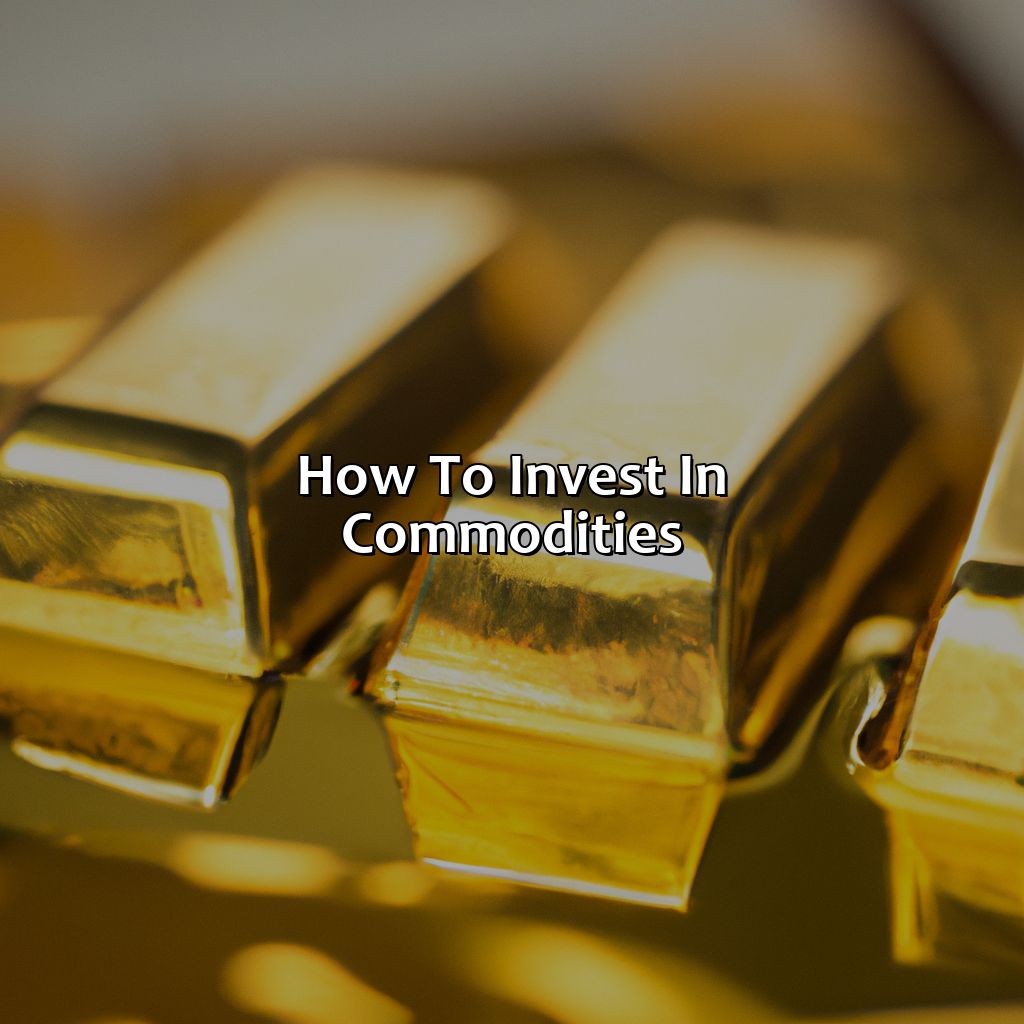
Image credits: retiregenz.com by Harry Duncun
Five Facts About Commodity Investment:
- ✅ Commodity investment involves buying and selling physical goods such as gold, oil, and corn. (Source: Investopedia)
- ✅ Commodities can serve as a hedge against inflation and market volatility. (Source: The Balance)
- ✅ Commodity prices are affected by supply, demand, and geopolitical events such as wars and natural disasters. (Source: Forbes)
- ✅ Commodity investment can be done through futures contracts, exchange-traded funds (ETFs), and mutual funds. (Source: NerdWallet)
- ✅ Commodity investment can provide diversification benefits to a portfolio and can be a profitable investment strategy in the long term. (Source: The Motley Fool)
FAQs about What Is A Commodity Investment?
What is a commodity investment?
A commodity investment is when an individual or organization invests in physical goods such as gold, silver, oil, or agricultural products rather than investing in stocks, bonds or real estate.
What are the benefits of commodity investments?
Commodity investments are considered a hedge against inflation, as the prices of physical commodities tend to rise during inflationary periods. They also tend to have a low correlation to the stock market, meaning that commodity investments can diversify an investment portfolio.
What are the risks associated with commodity investments?
Commodity prices can be volatile, and unpredictable events such as natural disasters or political unrest can affect supply and demand, causing large price swings. Another risk is the cost of storage and transportation of physical commodities, which can negatively impact returns.
How do I invest in commodities?
There are several ways to invest in commodities, including buying physical commodities, trading futures contracts, or investing in commodity-focused exchange-traded funds (ETFs).
What is a commodity trading advisor?
A commodity trading advisor (CTA) is a professional who advises clients on commodity investments, and manages their investments in commodities futures or options contracts on their behalf.
What are some examples of commodities?
Examples of commodities include precious metals (gold, silver), energy products (oil, natural gas), agricultural products (wheat, corn, soybeans), and industrial metals (copper, aluminum).
